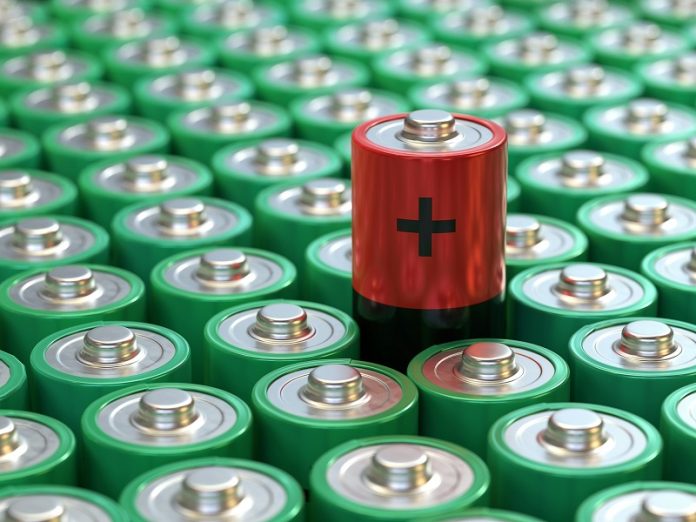
Lithium-ion batteries are essential for powering electric vehicles, smartphones, and energy storage systems.
However, one big challenge is making these batteries last longer while improving their efficiency.
A research team has found a way to solve this problem by focusing on a material called lithium-rich layered oxide (LLO), a promising cathode material for next-generation batteries.
Their discovery, published in Energy & Environmental Science, shows how a simple change in the battery’s chemistry can significantly extend its lifespan.
Lithium-rich layered oxide is a cathode material that offers up to 20% more energy density than traditional nickel-based cathodes.
It achieves this by using less nickel and cobalt—expensive and less environmentally friendly materials—while increasing the amount of lithium and manganese.
This makes LLO a more affordable and sustainable option for lithium-ion batteries. But despite its potential, LLO has struggled to become commercially viable because of problems like capacity fading and voltage decay after repeated use.
Scientists have long known that structural changes in the cathode during charging and discharging cause these issues.
However, the exact reason for the instability was unclear until now. The research team identified a critical factor: oxygen release from the cathode during battery operation.
When oxygen escapes, it destabilizes the cathode material, leading to performance issues and a shorter battery lifespan. To address this, the researchers focused on improving the chemical stability of the interface between the cathode and the electrolyte—the liquid that helps transport lithium ions inside the battery.
By tweaking the composition of the electrolyte, the team was able to reinforce the cathode-electrolyte interface, effectively reducing oxygen release. This breakthrough led to a huge improvement in battery durability.
With the enhanced electrolyte, the battery retained 84.3% of its energy after 700 charge-discharge cycles. In comparison, conventional batteries with standard electrolytes retained just 37.1% energy after 300 cycles.
Using advanced tools like synchrotron radiation, the researchers analyzed the structural differences between the surface and interior of the LLO particles. They found that the surface stability of the cathode material is crucial to maintaining the overall integrity of the battery.
By addressing these surface changes, the team not only improved the battery’s lifespan but also minimized unwanted side reactions, such as electrolyte breakdown.
Professor Jihyun Hong, who led the research, explained, “This discovery shows the importance of stabilizing the cathode surface. Our work opens up new possibilities for developing better, longer-lasting batteries.”
This breakthrough could pave the way for more efficient and durable batteries, benefiting technologies like electric vehicles, renewable energy storage, and portable electronics.
With these advancements, we’re one step closer to a future powered by sustainable and reliable energy solutions.



